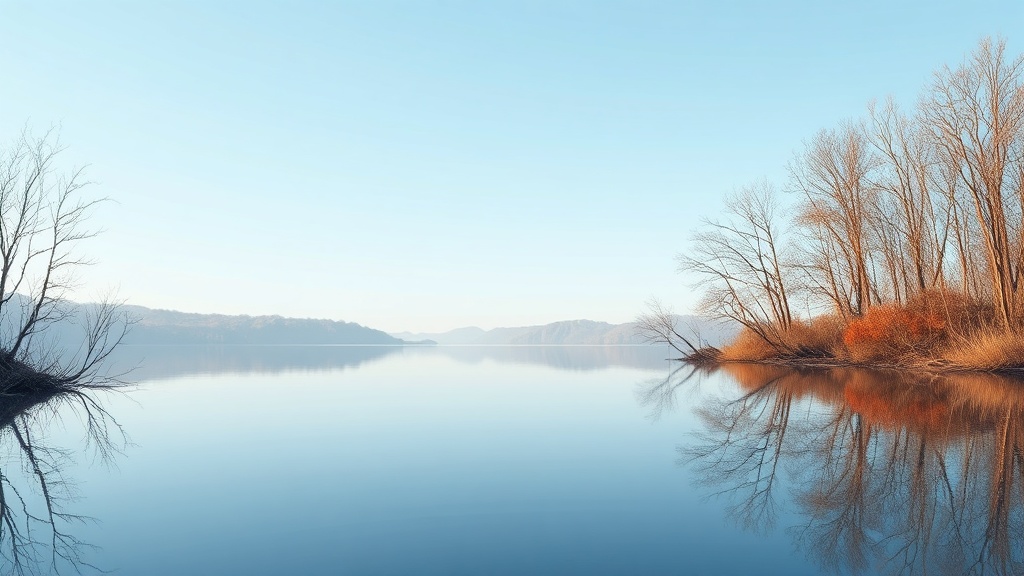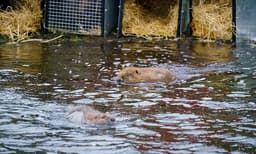Home / Environment / Scotland Designates 4 Nature Sites to Reverse Habitat Loss
Scotland Designates 4 Nature Sites to Reverse Habitat Loss
13 Oct
Summary
- 4 areas in Scotland named as first of 30 nature sites
- Goal is to reverse habitat loss and protect 30% of Scotland by 2030
- Sites include Knapdale, Loch Wood, Loch Arkaig Pine Forest, and Findhorn Hinterland

In a major conservation effort, Scotland has designated four areas as the first of 30 protected nature sites under its NatureScot's Nature30 project. The selected sites—Knapdale in Argyll, Loch Wood in Lanark, Loch Arkaig Pine Forest in Lochaber, and Findhorn Hinterland in Moray—will be safeguarded to help reverse the country's significant habitat loss.
NatureScot, the national nature agency, previously pledged to protect at least 30% of Scotland's land and freshwater by 2030. While there are already about 2,000 protected areas covering 18% of the country, NatureScot says nearly 1 million more hectares must be added to reach the 30% target.
Protecting these Nature30 sites will not only preserve the areas but also provide crucial ecosystem services. Researchers say the sites will increase flood protection, reduce fire risk, protect soils, provide clean water and air, and capture and store carbon. NatureScot is excited to work with landowners and managers to recognize and support more sites that deliver benefits for nature and society.




